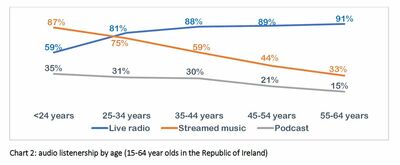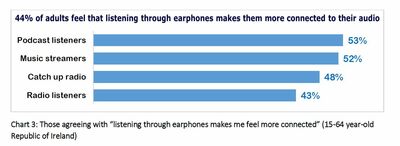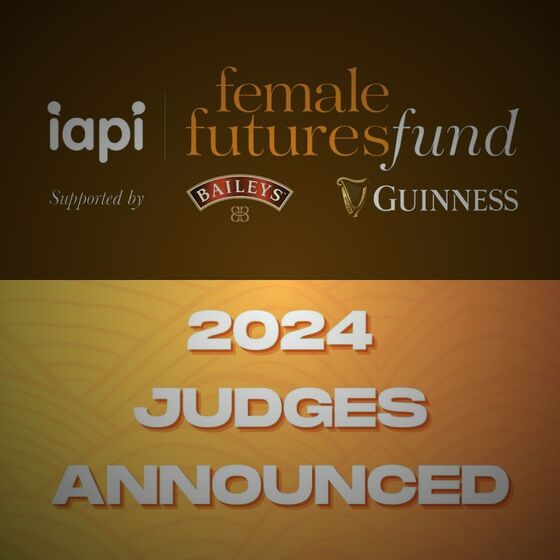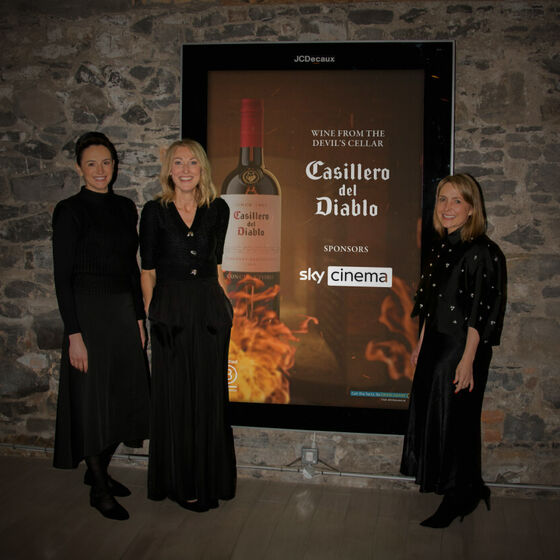Dentsu Aegis Network (DAN) and Urban Media launched their collaborative research project, Sound Affects this month. The aim of the project was to understand how people in Ireland are listening to audio content today, in a world where choice is almost unlimited, from podcasts and streamed music to terrestrial and digital radio.
As streamed services and podcasts have launched onto the landscape, the data to help brands understand listening behaviour and attitudes has lagged. This project goes a long way to uncovering the opportunities that exist for brands to connect with their audiences in ways that have not existed before. Brands, broadcasters and advertising agencies need to rethink their approach to engaging through audio and the opportunities and challenges that this new landscape brings.
Dael Wood, Director of Strategy and Insights at Dentsu Aegis Network said that the three high level take-outs from this project are:
1. Control has shifted from the broadcaster (and advertiser) to the listener. In a world where audio is now accessible from multiple devices ranging from home bots to mobile phones to radio sets, content choice is huge. There are millions of podcast episodes, hundreds of streamed and downloadable music services, hundreds of radio stations, both terrestrial and digital, that can be listened to at any time, means the listener has many options.
2. Audio is multifarious. With the proliferation of devices and formats, almost every facet of our day now has an audio component. Digital audio provides an entirely new level of contextual relevance because it’s always on (e.g. music while working out in the morning, listening to the latest podcast that everyone is talking about on your commute, you can have your Google Home walk you through the recipe as you make it). It exists in incremental moments in people’s lives where traditional broadcast audio does not and where visual forms of communication cannot.
3. Connecting with relevance. With the proliferation of audio content and the choice and range of moments and motivations, an entire treasure chest of options is available to connect with listeners in a deep and emotional way. But, this means that we as brands and advertisers need to produce content that is right for the moment and ensure that it is delivered in context to that moment. Think about listening to a piece of music that immediately brings a tear to your eye or hearing the crack in someone's voice when they're relating a deeply emotional story – sound can evoke emotions in a way that is very powerful. This means that we can truly tap into that emotion or completely disrupt and be at odds to that experience with our brand communications. It means that as we consider audio, we now need much more insight and sophistication in delivering our message.
The Sound Affects project used DAN’s proprietary Consumer Connections System to survey over 1,100 Irish adults to understand what audio people are listening to, how they listen to it, what motivates their choices and how they feel about advertising in these environments.
The findings show that live radio still has the greatest penetration, but streamed music and podcasts are catching up (Chart1). Live radio declines amongst younger listeners and streamed music and podcasts increase. 9 in 10 under 24-year olds listened to streamed music in the last 30 days, with only 59% having listened to live radio.
When you look at listenership by age profile, the future picture is very different. Streamed music has the greatest penetration with those under 30 years of age (Chart 2) with live radio and podcasts coming in second and third place. Behaviour is evolving and audio is expanding, and that is where opportunities abound for brands.
Of the 1.7 million listeners who listen to streamed music, 64% listen to a paid streamed service, and 88% listen to free service. This means that even those who have a paid option are also listening to a free service, where they can be reached through traditional advertising. A big part of their consumption, however, means that they can’t be reached with traditional advertising options and we need to find new ways to connect in this highly emotive space.
Absolute dominance of mobile in the audio space means that mobile phones are now the most listened to device, together with car radios. 70% of people listen to audio via a mobile phone. This listening is most likely via headphone and that experience is different – its more personal and more engaged and how we show up and connect here as advertisers needs to be different too.
We know that adverting is more impactful when it taps into consumer sentiment and two in five adults feel that listening through earphones makes them feel more connected than listening out loud. This rises to over half of music streamers and podcast listeners, at 52% and 53% respectively.
With audio expanding, dispersing and growing, understanding why people are listening, is as important as how much and to what they are listening to. Each channel is serving a different need and within channels, that range broadens again.
1. People mostly listen to radio to be informed: Staying up to date with current affairs and getting informed are the primary motivations to listen to live radio. A high proportion are also likely to have radio on passively, with nearly two thirds using radio as a companion. (62%)
2. Music is chosen based on mood, with feeling happy or a desire to relax the top motivator for recent music streamers. A high proportion are also likely to have music on passively – while looking for background noise (65%), while exercising (70%) or doing housework (64%)
3. Podcasts are primarily seen as a source of knowledge and entertainment. They are more actively chosen, and podcast listeners are less likely to say that they choose to listen to podcasts as an accompaniment to another task. Comedy (39%), News & Politics (32%), Society & Culture (31%) and Sports (31%) are the most popular genres of podcast listening.
Of the 1.7 million listeners who listen to streamed music, 64% listen to a paid streamed service, and 88% listen to free service. This means that even those who have a paid option are still also listening to a free service where we can reach them with traditional advertising. A large part of their consumption has no advertising options, so we need to find new ways to connect in this highly emotive space.
When it comes to communication in the audio space there is a lot of good news. 8 in 10 people are willing to listen to audio advertising and we know that ad length and timing is less intrusive to consumers in an audio context.
While video is very elastic in terms of ad timing, audio seems much less so, with consumers being more open to listening to a longer length piece of copy; one in three are willing to listen to over 15 seconds of advertising.
The research has shown the importance of indigenous Irish content, with 90% of listeners likely or more likely to listen to a podcast if it is Irish made.
DAEL WOOD, Strategy & Insights Director, Dentsu Aegis Network












